Skip to product information
-
Media gallery  Media gallery
Media gallery
-
Media gallery  Media gallery
Media gallery
-
Media gallery  Media gallery
Media gallery
-
Media gallery  Media gallery
Media gallery
-
Media gallery  Media gallery
Media gallery
-
Media gallery  Media gallery
Media gallery
-
Media gallery  Media gallery
Media gallery
1
/
of
7
SKU
5434
Building Projects for Backyard Farmers and Home Gardeners
A Guide to 21 Handmade Structures for Homegrown Harvests- Regular price
- $19.95 USD
- Regular price
-
- Sale price
- $19.95 USD
- Unit price
- / per
Shipping calculated at checkout.
Couldn't load pickup availability
Description
Description
This is a practical and engaging guide to transforming an ordinary backyard into a productive farm. Homesteading is experiencing a revival among both rural and urban residents who want to get back to basics and live closer to the land. With this book, homeowners will obtain both inspiration and instruction for transforming their grassy yard into a lush farm that can produce all the food they need. The author is an experienced woodworker and homesteader who shows how to plan and design a backyard farm. He offers expert advice for making all of the essential hard-working structures that are needed to sustain small-scale agriculture. Step-by-step instructions are provided for 21 projects including green houses, beehives, rabbit hutches, raised beds, potting sheds, trellises, fences, and more. Readers learn how to create an irrigation system, harvest rainwater, and keep their farms environmentally sound. Each detailed plan is accompanied by the author's clear, instructive drawings. More than just a manual, the book also offers entertaining and enlightening interviews with both experts and "average Joe" farmers. We learn what motivates them to become backyard farmers, the lessons that they have to share, and maybe even a couple of funny stories along the way.
Details
Details
| Pages | 160 |
|---|---|
| Publish Date | 2012-04-01 |
| Series | |
| Size | 7.5" x 9.0" x 0.5" |
| Author | Chris Gleason |
| Product Form | Paperback / softback |
Reviews
Reviews
Building Projects for Backyard Farmers and Home Gardeners: A Guide to 21 Handmade Structures for Homegrown Harvests Another great book by Chris Gleason!
There are easy to follow construction plans with step
Chris Gleason's latest book is a treasure trove of inspiration and advice for any
backyard gardener, but what makes it especially cool is that it's rooted right
here in our community. Interspersed among the more than 20 projects are profiles
of local characters
For those who think their backyard is just too small for a vegetable garden, Salt Lake City author Chris Gleason has two words: Grow up.
Vertical gardening, as the name implies, uses trellises, racks, ladders and other small structures so plants grow up, rather than out, which consumes valuable space.
Chris Gleason of Salt Lake City explains how to build seven vertical gardening projects in his new DIY book, Building Projects for Backyard Farmers and Home Gardeners ($19.95, Fox Chapel Publishing) Besides the seven vertical gardening projects, Gleason's book gives step
Gleason (Art of the Chicken Coop: A Fun and Essential Guide to Housing Your Peeps) calls on his own days as a farm kid in upstate New York and his urban gardening experience to guide the novice as well as the experienced gardener looking for new horticultural methods (rainwater system, above
So many great projects
I've gardened for a number of years now and have had chickens for three years as well. We are always looking for projects to make things nicer on our little suburban homestead.
Mr. Gleason's book is a wealth of great ideas and has twenty
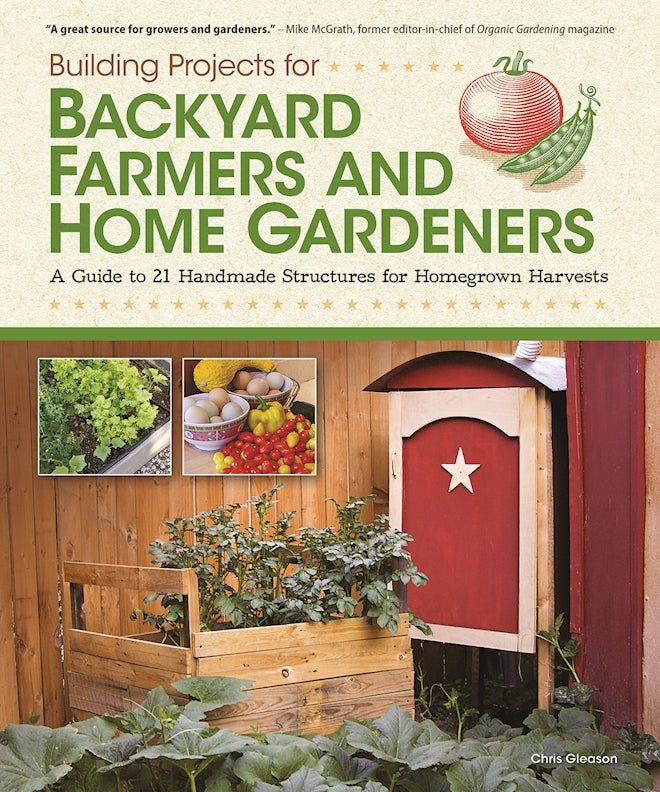
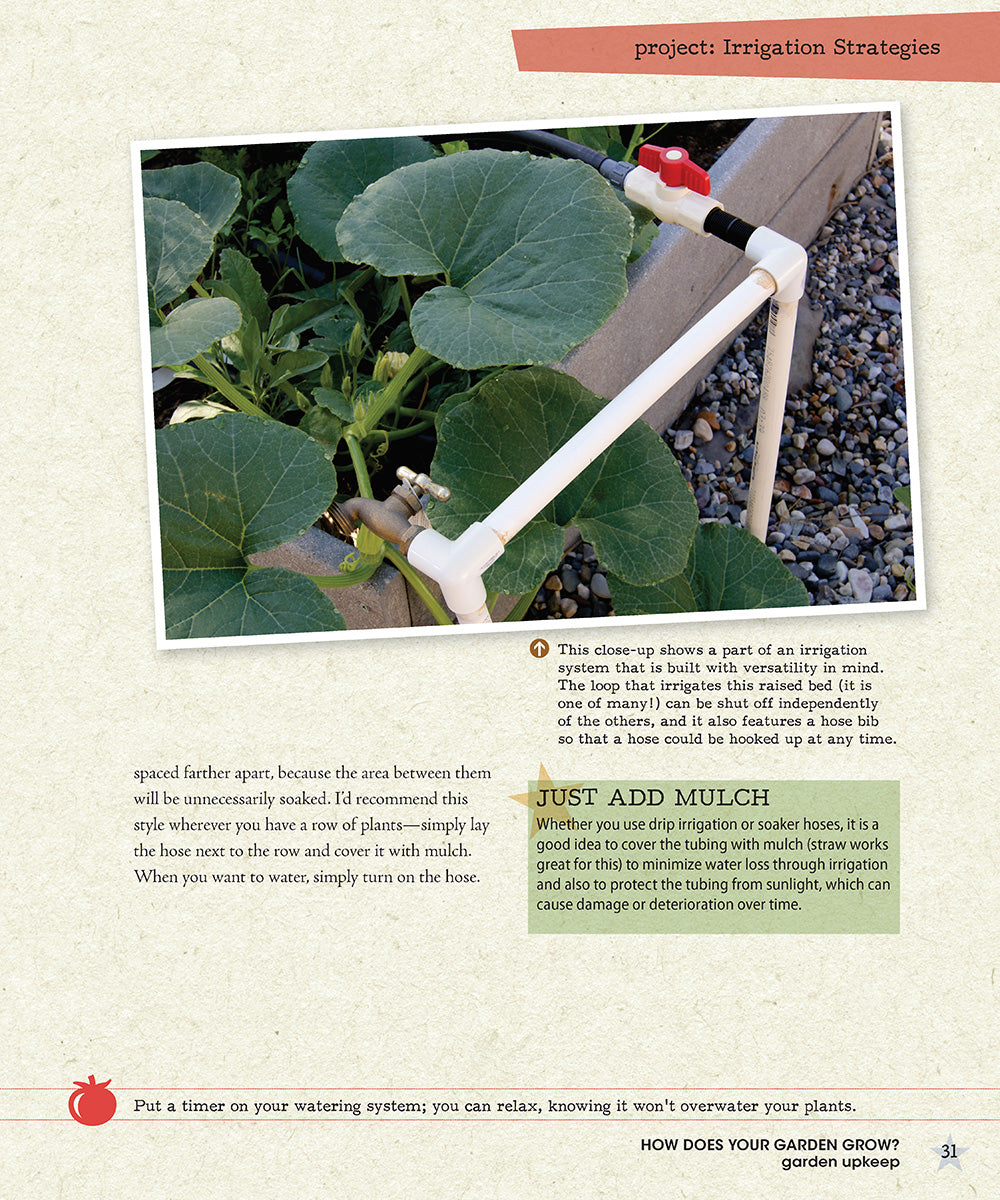
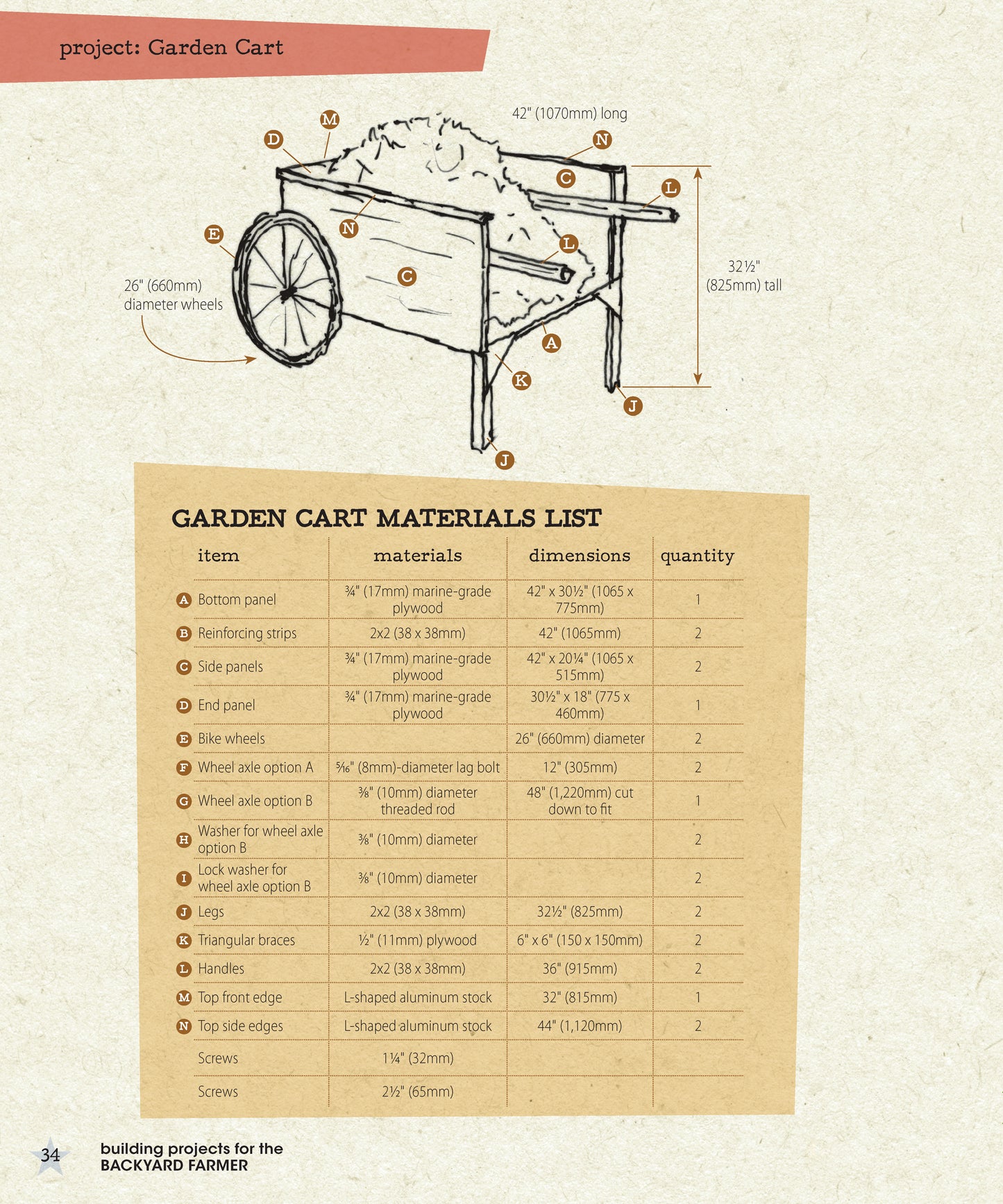
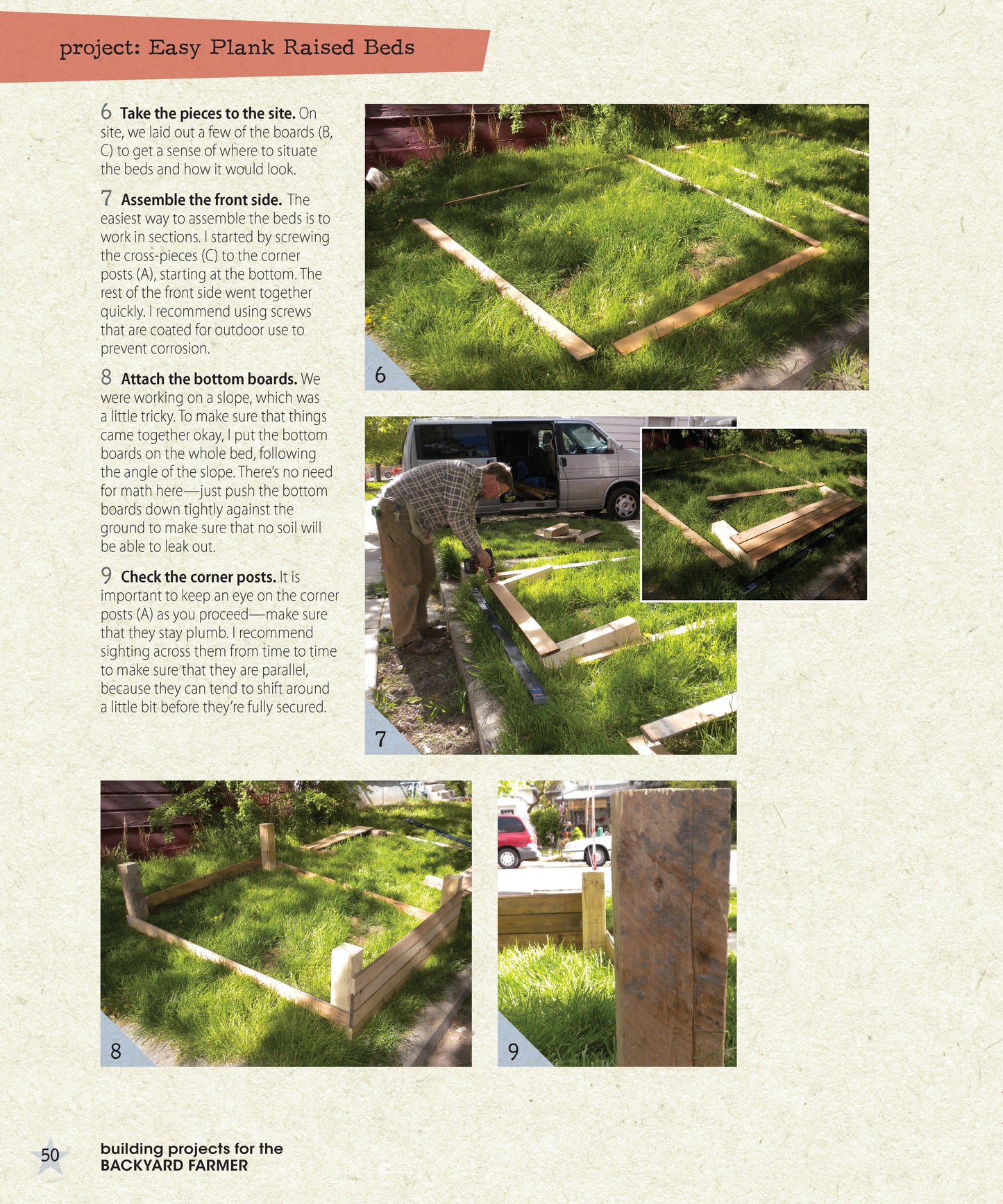
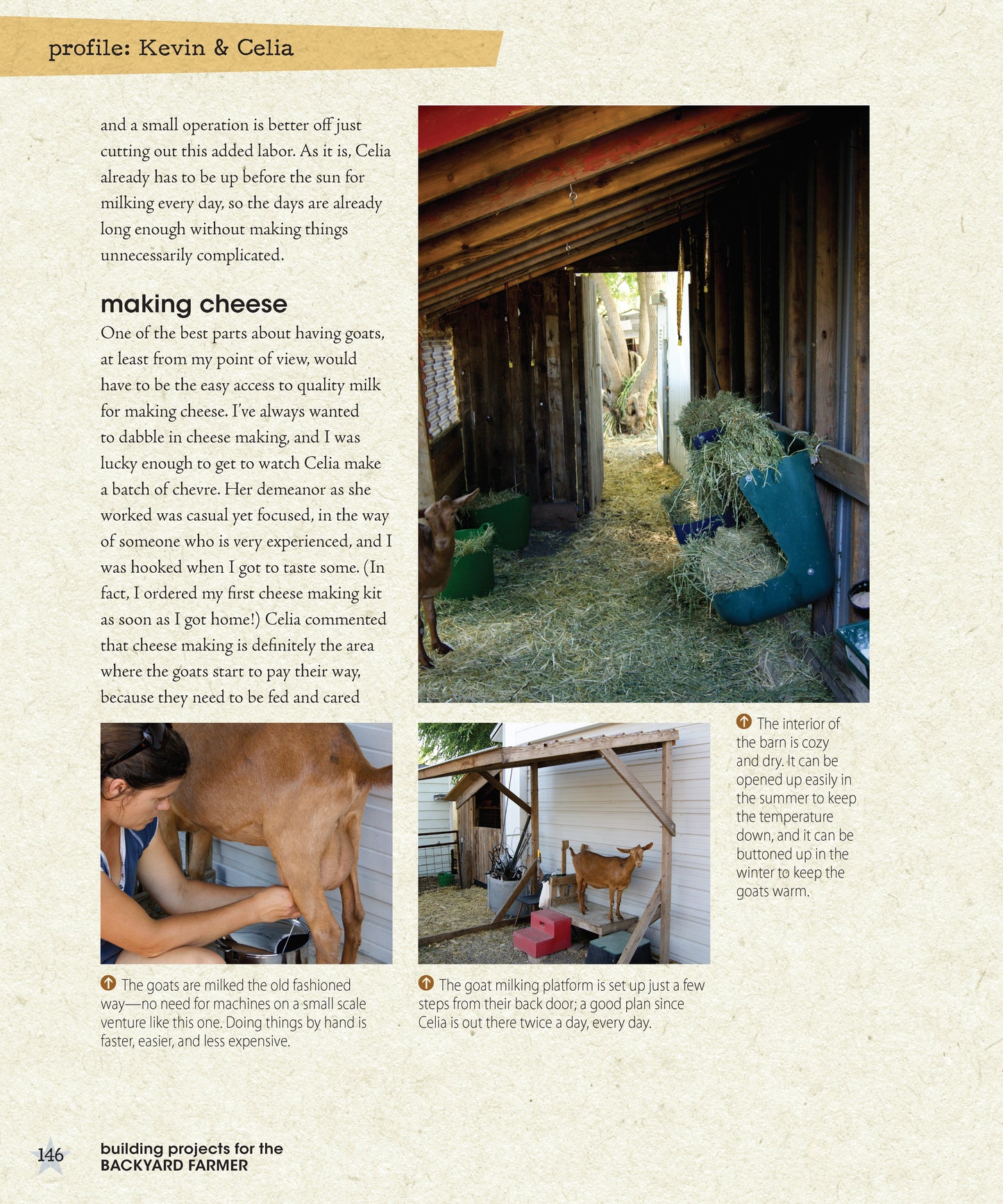
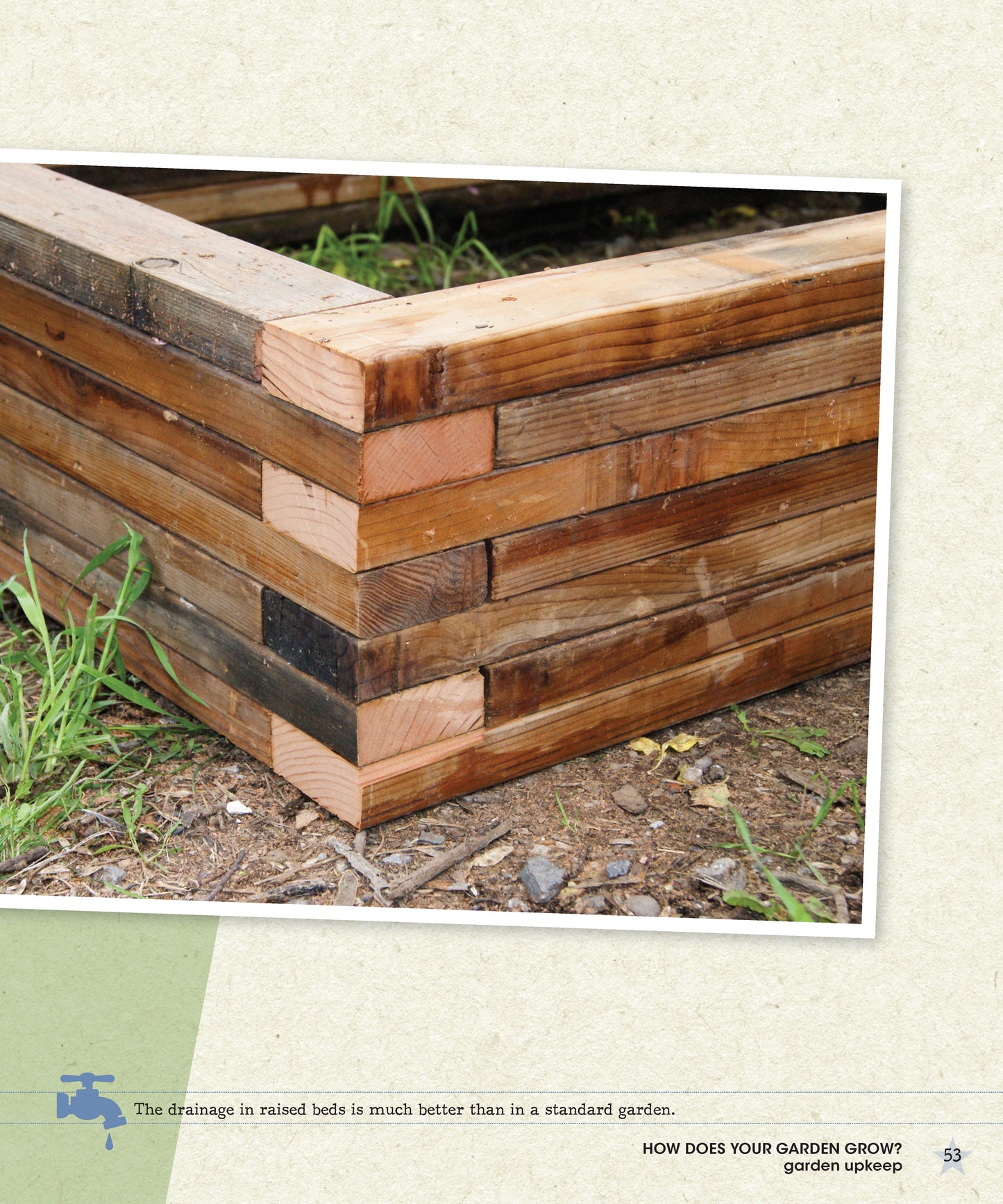
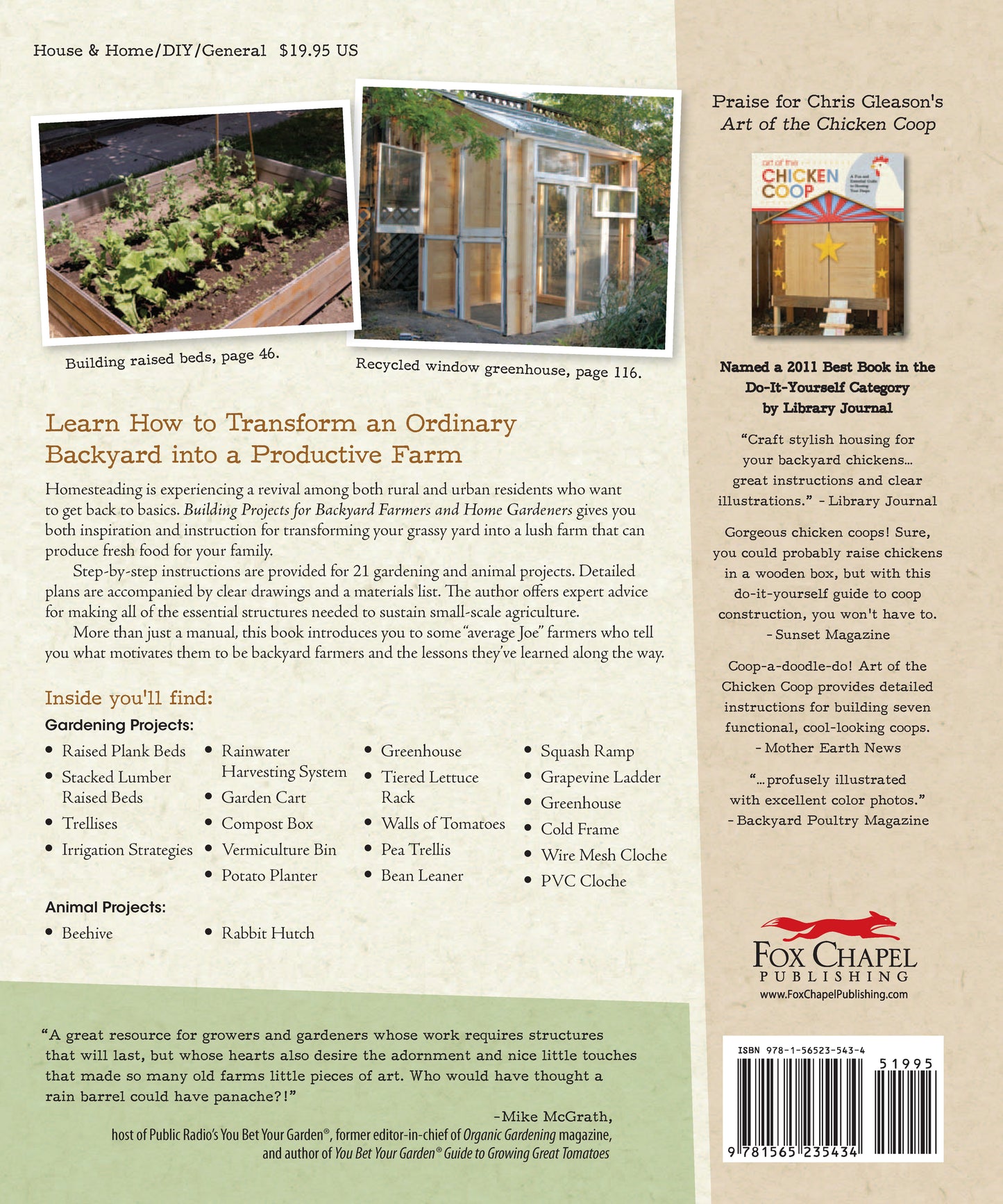
Notified by email when this product becomes available
PREVIEW
About the Author
Chris Gleason is the author of several books for the DIY market including Built-In Furniture for the Home, The Complete Kitchen Makeover, Complete Custom Closet, Old-School Workshop Accessories and Building Real Furniture for Everyday Life. He was raised on a farm in upstate New York. He has been raising chickens in his Salt Lake City backyard for over six years. He currently builds and sells chicken coops. He has owned Gleason Woodworking Studios for over 13 years.
You May Also Like
Be in the Know
Learn about the newest releases, online promotions, special events and more!
- Choosing a selection results in a full page refresh.







